

Max Davies
2026 GWM Cannon Ultra review
6 Days Ago

Journalist
The Lexus ROV concept can probably lay claim to the being the rawest, most intimate vehicle ever produced by the brand.
According to Spiros Fotinos, head of Lexus Europe, the ROV was developed because of the company’s “growing passion for the outdoors and [the] adventurous spirit of luxury consumers”.
It is also a part of its “on-going research into new technologies that contribute to carbon neutrality” with its hydrogen internal combustion engine.
Stylistically, the Lexus design team has tried to tie the off-roading buggy to the brand’s on-road range.
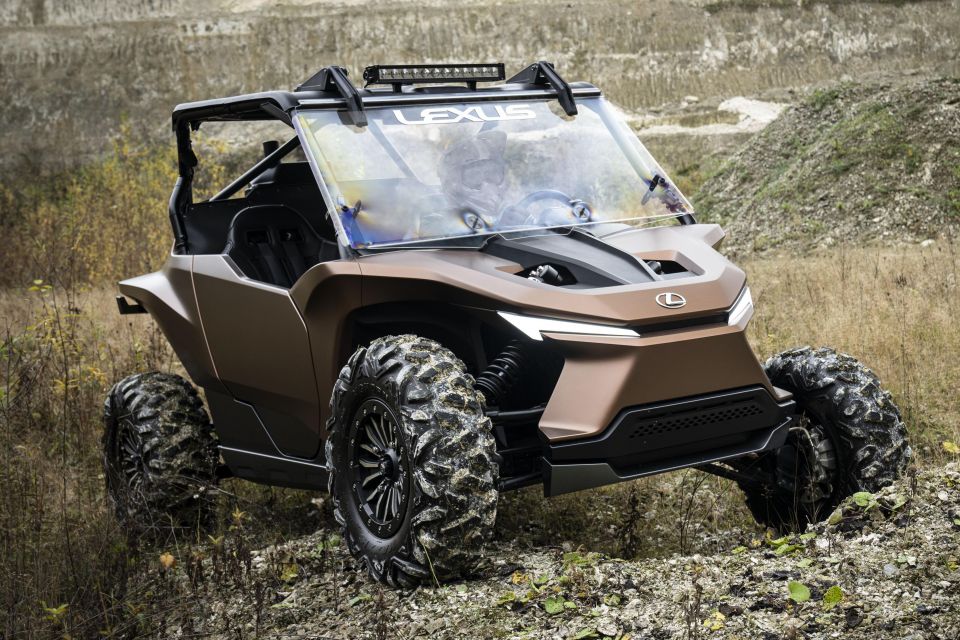
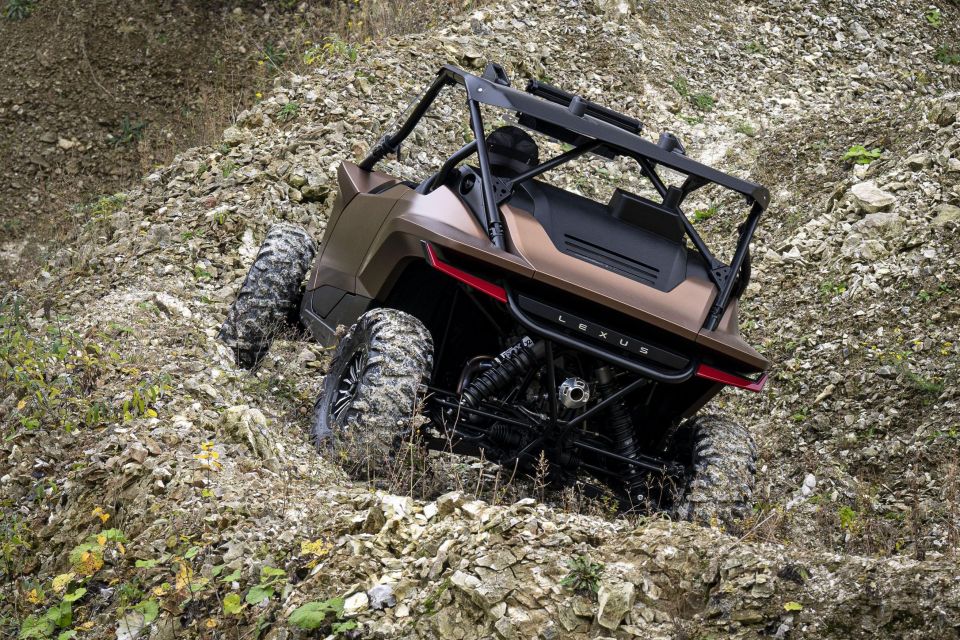
The few body panels present on the ROV feature the brand’s signature highly sculpted creases. The lights at both ends also have the company’s L-shaped swooshes, and there’s a spindle-shaped pressing up at the front.
With its exposed suspension, roll cage, and knobbly off-road tyres, the ROV still doesn’t exactly scream Lexus, though.
Being a Lexus, the ROV is about as luxurious as you could expect a buggy to be, with leather for the steering wheel and gear shifter. The seats are mounted on their own suspension system for maximum comfort, and are clad in ruggedised fake leather.
Despite its largely open body, Lexus claims the ROV will “meet all the carmaker’s stringent requirements for QDR (Quietness, Durability, Reliability)”.
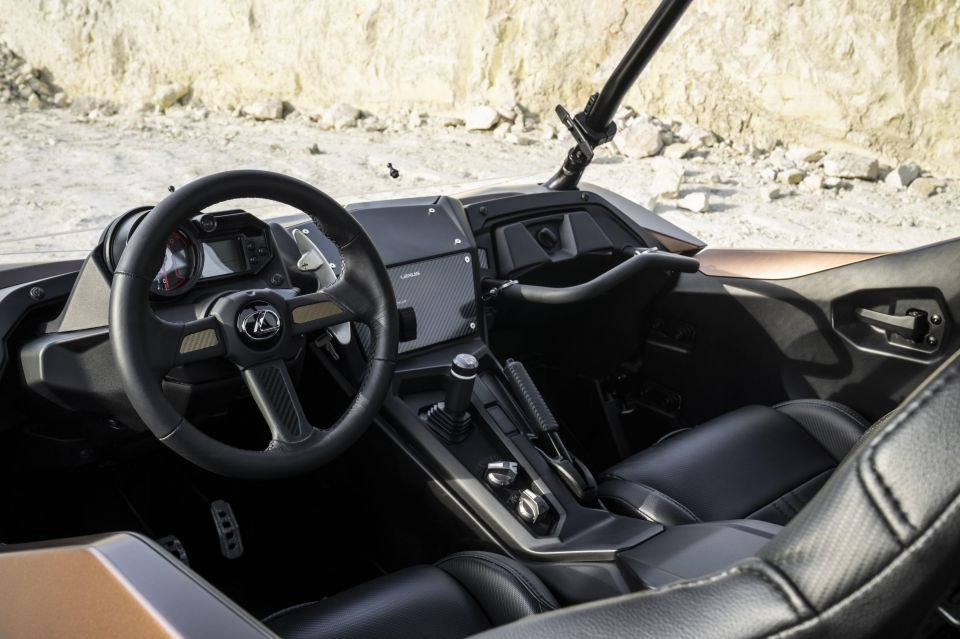
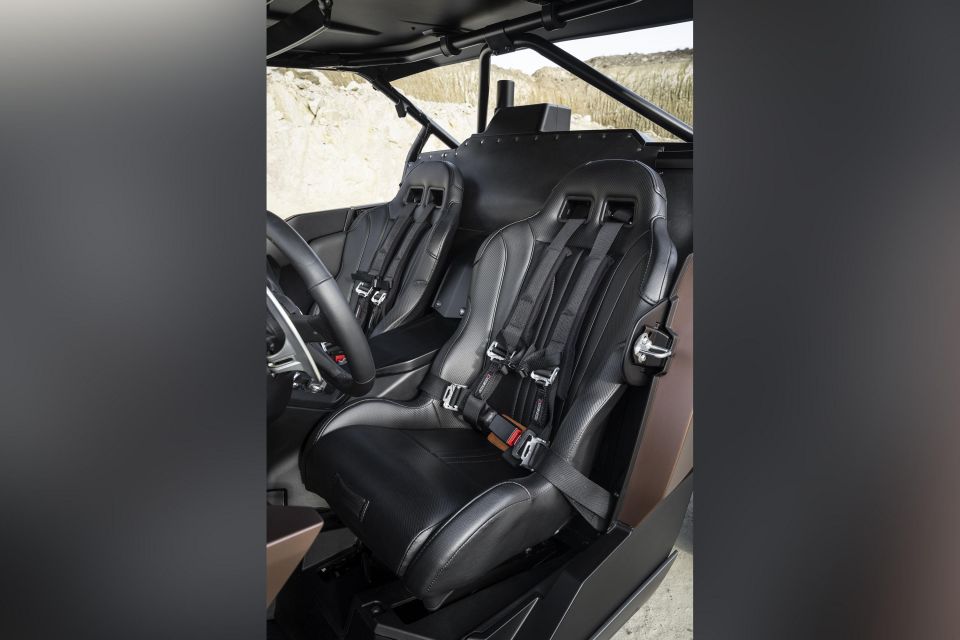
The ROV uses a rear-mounted 1.0-litre internal combustion engine, but instead of being fed petrol, it uses hydrogen from an on-board high pressure tank.
Lexus claims the ROV is “close to zero emissions”, but the combustion process still produces NOx as air is mostly nitrogen. The automaker also admits a “negligible amount of engine oil [is] burned during driving”.
No word on how much power and torque the ROV’s engine makes, but we do know it’s redlined at 10,500rpm.
It’s unclear if Lexus has any plans to put the ROV into production, but if it does it will easily be the smallest vehicle from the brand as it is just 3120mm long, 1725mm wide, and 1800mm tall.
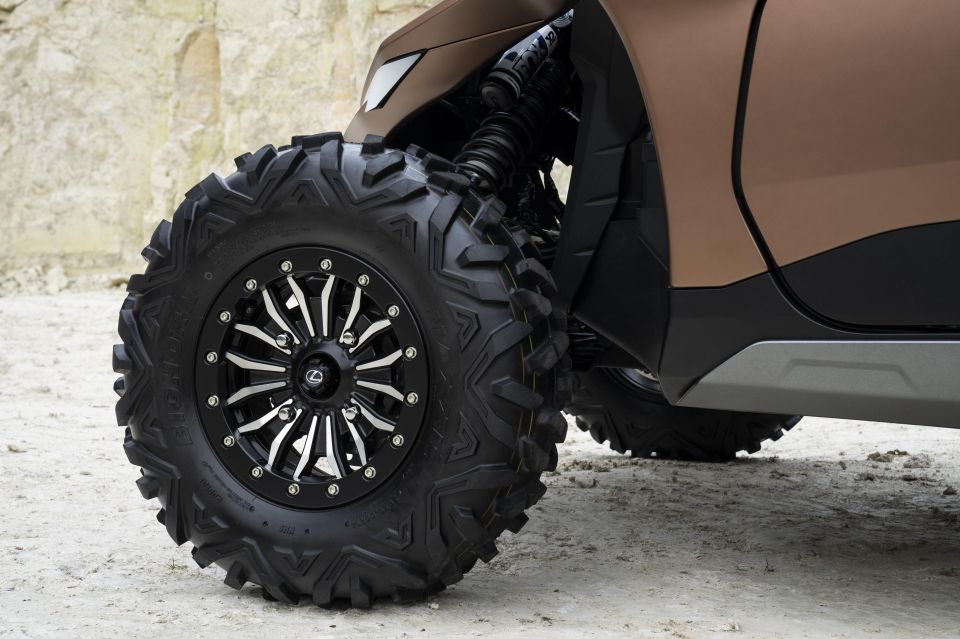
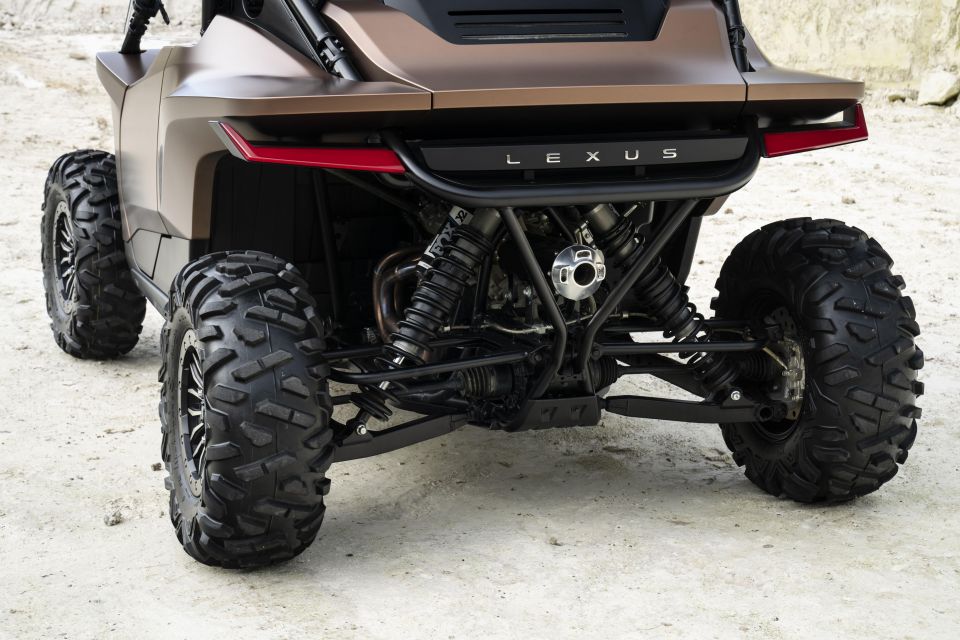
The Lexus ROV was unveiled as part of a Toyota Europe event outlining the company’s EV and electrification plans for the Continent.
There, the company expects 50 per cent of sales to be EVs by 2030, and — in line with proposed EU regulations — 100 per cent by 2035.
Although the Lexus UX300e is the company’s only electric model at the moment, a second was teased overnight: the RZ crossover, which will be the brand’s first car based on a dedicated EV architecture.
Where expert car reviews meet expert car buying – CarExpert gives you trusted advice, personalised service and real savings on your next new car.
Derek Fung would love to tell you about his multiple degrees, but he's too busy writing up some news right now. In his spare time Derek loves chasing automotive rabbits down the hole. Based in New York, New York, Derek loves to travel and is very much a window not an aisle person.


Max Davies
6 Days Ago


Josh Nevett
4 Days Ago


Max Davies
4 Days Ago


Max Davies
3 Days Ago


Neil Briscoe
2 Days Ago


Max Davies
1 Day Ago